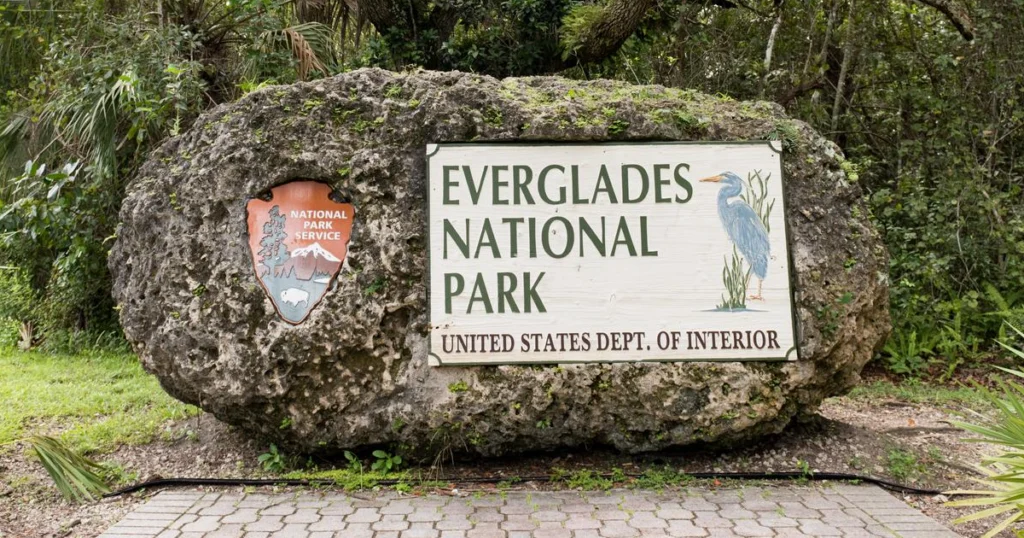Everglades Restoration’s big victory
Ed Dean
After four years of battle, the 11th Circuit Court of Appeals ruled in favour of the U.S. Army Corps of Engineers (the “Cole”) and confirmed approval of the Everglades Agricultural Area (“EAA”) Reservoir and Stormwater Treatment Area Project (“EAA Reservoir Project”).
“Environmental and civic groups, state and local governments, and supporters of the Everglades’ restoration have celebrated a major legal victory in federal court, which rejects attempts to slow or undermine progress in the sugar industry,” a statement from the Everglades Foundation said.
The challenge began in 2021 when Okelanta Corporation, U.S. Sugar Corporation, and Florida Sugar Cane producers allegedly violated the “savings clause” of the 2000 Water Resources Development Act (“WRDA 2000”). This clause ensures that Everglades’ restoration projects will not eliminate or transfer existing water supplies unless equivalent sources become available. The Sugar Industry argued that the EAA Reservoir Project should replace all water lost to it due to changes made to the Lake Okeechobee regulatory schedule in 2008, due to changes made to address public safety concerns not related to the Everglades’ restoration.
The Everglades Foundation (EF) says the court’s decision confirms that the interpretation of the sugar industry’s savings clause is inconsistent with the law that it requires the legislature to offset all water reductions since 2000. The court has confirmed that the provisions apply only to lost water as a direct result of the implementation of the Comprehensive Everglades Restoration Plan (“CERP”) project, including unrelated operational changes to protect public safety after Hurricane Katrina.
Environmental and Conservation Organizations say that the EAA Reservoir Project is the foundation of the CERP, designed to store and deliver freshwater to the Everglades and the Bay of Florida, while reducing harmful emissions to coastal distances.
These groups say that if the sugar industry claims are widespread, the main function of the EAA reservoir could prioritize agricultural water supply, undermine environmental benefits and threaten the progress of Everglades repair.
Environmental groups warned that the outcome could put decades of recovery efforts at risk, deflecting billions of dollars from critical projects while leaving little water in the environment. “Today’s decision ensures that the EAA Reservoir serves its intended purpose. This will restore water flow to the Everglades and protect the coastal community of Florida.”
There were many coalitions involved in the lawsuit. Everglades Amici, represented by the Everglades Law Center, played an important role in defending the case. The coalition includes the Captain of Cleanwater, the Everglades Foundation, the Sanibel Captiva Conservation Foundation, Sanibel-Captiva Islands Chamber of Commerce, Stuart City, Sanibel City, the City of Lakeworth Beach, the Village of Islamorada, the Fish of the Islamorada Empire, the City of Sanibel City, the City of Sanibel Captiva Islands Chamber of Commerce, 11 Environment, Civic and Governmental Organizations. Forever. Their Amicus Curia’s simple and simple highlighted the environmental hazards caused by current water management practices and the important role of the EAA Reservoir Project in overturning these effects.
The Everglades Foundation says the ruling will clarify how the legion will continue to work on the EAA Reservoir Project and other CERP initiatives without being interrupted by unfounded claims. It also sets important precedents and allows future repair projects to proceed without derailing to ensure water supply for private benefits against unrelated losses.
For decades, the Everglades ecosystem has suffered from the destruction of water flows that have damaged wildlife, communities and Florida’s iconic landscapes. This victory is a crucial step in reverse these impacts and achieving the long-term vision of the restored Everglades.


